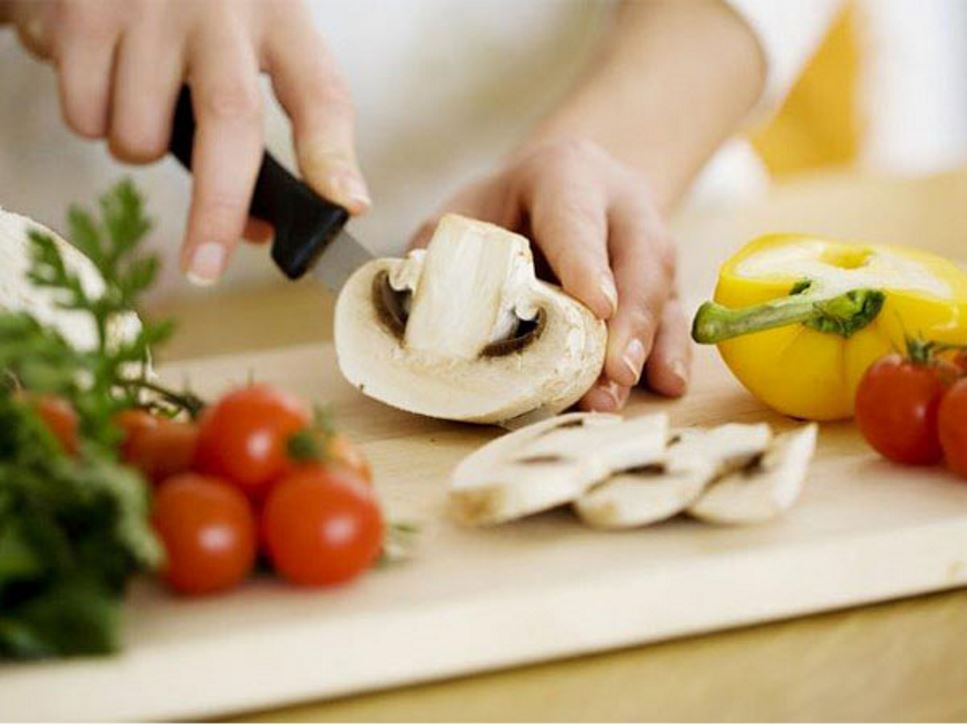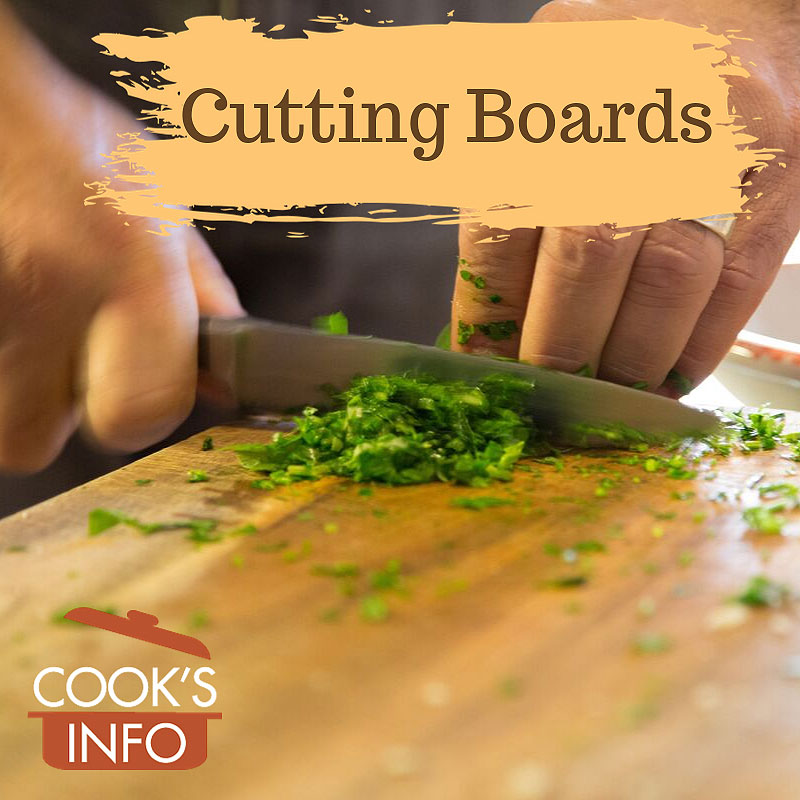
Can You Cut Raw Meat on a Wooden Cutting Board?
As a seasoned home cook, I’ve always taken food hygiene seriously. One question that often arises is whether it’s safe to cut raw meat on a wooden cutting board. In this article, I’ll explore the science behind this question, delve into the latest research, and provide expert advice to help you make informed decisions about your kitchen practices.
The Wooden Cutting Board: A Natural Surface
Wooden cutting boards have been used for centuries due to their natural durability, affordability, and aesthetic appeal. However, their porous nature raises concerns about bacterial contamination, particularly when it comes to handling raw meat. Unlike plastic or glass cutting boards, wood can absorb and retain moisture and organic matter, creating a breeding ground for bacteria.
The Risk of Cross-Contamination
Raw meat often contains harmful bacteria, such as Salmonella and E. coli. When cut on a wooden cutting board, these bacteria can transfer onto the board’s surface and linger even after cleaning. If the same board is then used for cutting other foods, such as vegetables or bread, cross-contamination can occur, potentially leading to food poisoning.
The Science of Sanitization
The key to preventing cross-contamination is effective sanitization. Wooden cutting boards can be sanitized by washing them thoroughly with hot, soapy water and then disinfecting them with a bleach solution or a commercial kitchen sanitizer. However, studies have shown that even after sanitization, wooden cutting boards can still harbor bacteria in their pores.
Best Practices for Cutting Raw Meat
To minimize the risk of cross-contamination, it’s best to use separate cutting boards for raw meat and other foods. If you only have one cutting board, it’s essential to sanitize it thoroughly after every use. To further reduce the risk, always wash your hands before and after handling raw meat, and avoid touching cooked foods with the same utensils or surfaces that have come into contact with raw meat.
Expert Tips and Advice
Here are some additional tips from food safety experts:
- Use a separate cutting board for raw meat: This is the most effective way to prevent cross-contamination.
- Sanitize wooden cutting boards regularly: Wash them thoroughly with hot, soapy water and then disinfect them with a bleach solution or a commercial kitchen sanitizer.
- Avoid cutting cooked foods on the same board used for raw meat: This can transfer bacteria onto your cooked foods.
- Wash your hands frequently: Always wash your hands before and after handling raw meat, and avoid touching cooked foods with the same utensils or surfaces that have come into contact with raw meat.
FAQ on Cutting Raw Meat on Wooden Cutting Boards
Q: Is it safe to cut raw meat on a wooden cutting board?
A: It’s not recommended, as wooden cutting boards are porous and can harbor bacteria even after sanitization.
Q: How often should I sanitize a wooden cutting board?
A: Every time you use it to cut raw meat.
Q: Can I use the same cutting board for raw meat and vegetables?
A: No, it’s best to use separate cutting boards to prevent cross-contamination.
Q: What’s the best way to clean a wooden cutting board after cutting raw meat?
A: Wash it thoroughly with hot, soapy water and then disinfect it with a bleach solution or a commercial kitchen sanitizer.
Conclusion
Cutting raw meat on a wooden cutting board can pose a risk of cross-contamination due to the board’s porous nature and potential for bacterial growth. To ensure food safety, it’s best to use separate cutting boards for raw meat and other foods. Always sanitize wooden cutting boards thoroughly after every use, and follow proper food handling practices to prevent the spread of harmful bacteria. By adhering to these recommendations, you can enjoy your culinary adventures without compromising your health.
Are you interested in learning more about food safety and kitchen hygiene? Share your thoughts and questions below, and let’s continue the conversation.

Image: eatright.org

Image: cooksinfo.com
How to Naturally Clean Wood Cutting Boards | Foodal 9 Do’s and Don’ts of Wooden Cutting Board Care. 1. No dishwasher. Wooden cutting boards and utensils that develop cracks should be thrown away. When it comes to wooden cutting boards and wooden utensils, the dishwasher is a big no-no. Everything stays too hot and wet for too long, and then it’s all dried very quickly.